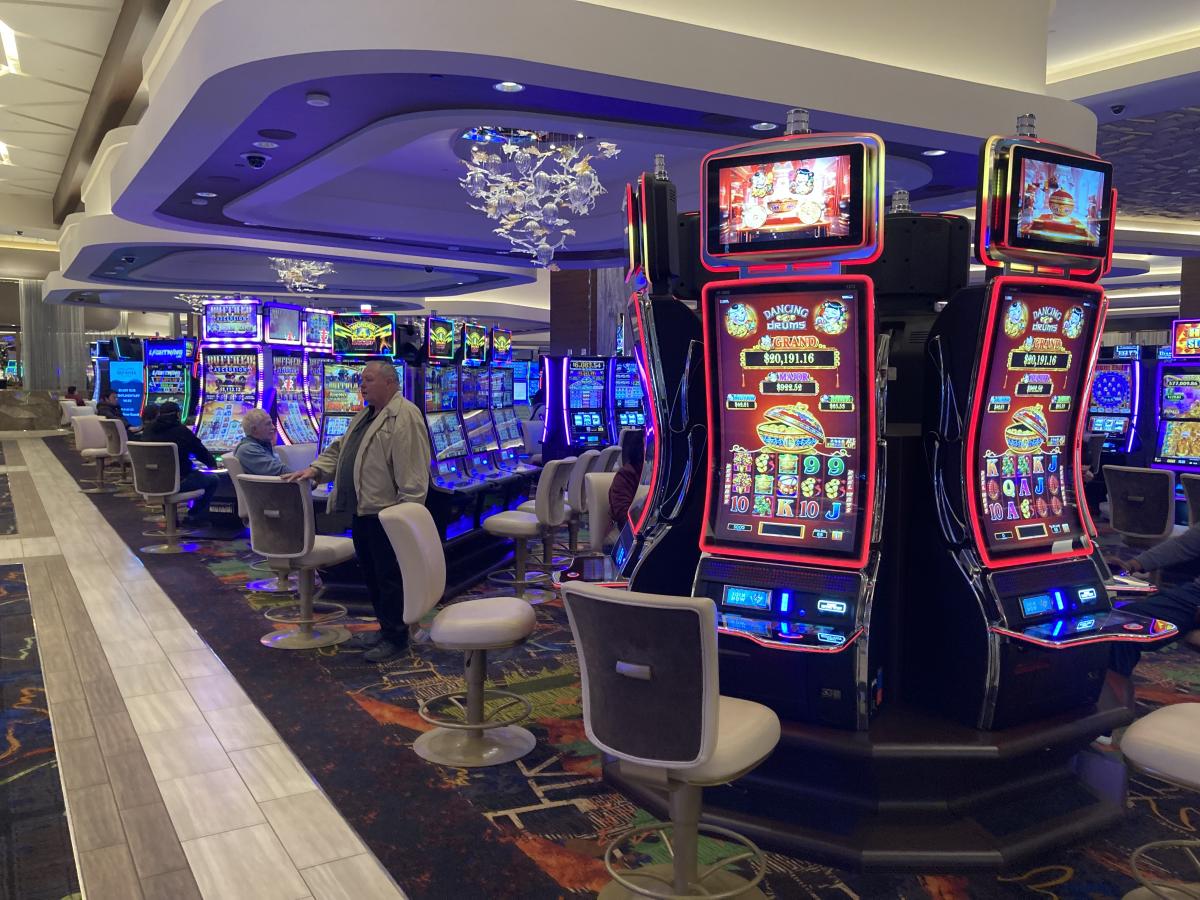
Slot gambling has enthralled players globally with its enticing themes, colorful graphics, and the rush of chance. One of the most important aspects that often goes unnoticed is the notion of payout percentages, which play a crucial role in determining your odds of winning. Comprehending how these percentages work can offer critical information into your playing experience, helping you make better choices about which venues and how to play.
Each slot machine is engineered with a particular payout percentage, often referred to as the return to player. This percentage shows the percentage of money wagered that the machine is set to return to players in the long run. While hitting a jackpot can be electrifying, knowing the odds of each spin can help shape your strategy. Diving deeper into the dynamics of payout percentages reveals not only how they influence your winnings, but also the attraction of slot gambling.
Grasping Return to Player Percentages
Return to player (RTP), commonly known as payout percentages, are crucial indicators of a slot machine’s potential profitability for players. This percentage represents the proportion of staked money that a slot machine is designed to return to players in the long run. live draw hk For example, a slot machine with a payout percentage of 95 means that, theoretically, for every 100 dollars wagered, the machine pays back 95 dollars in winnings. Understanding these percentages assists players make informed decisions about selecting machines based on their risk tolerance and gambling approach.
The payout percentage is set by the game developers and can vary significantly between different slot machines. High RTP slots typically feature percentages of 96 or higher, suggesting more favorable probabilities for players in the extended gameplay. Meanwhile, lower RTP slots, typically below 90, may present worse chances. Players should seek out games with better RTPs to increase their chances of success, especially if they intend to invest ample time playing.
It is crucial to note that while payout percentages provide insight into the game’s expected payouts, they do not promise short-term results. Slot results are random, and sessions may vary widely, with players experiencing both wins and losses. Therefore, while choosing games with better payout percentages can boost the player experience, it does not negate the natural risks of slot gambling.
How Slot Machines Determine Chances
Understanding the method by which slot machines calculate chances is crucial for those interested in slot betting. At the heart, each gambling machine functions using a RNG, or RNG, that ensures every every spin is independent as well as random. The RNG produces thousands of numbers every second, while when a player hits the spin option, the machine selects a number which corresponds to a particular set of symbols across the reels. This unpredictability remains vital for ensuring fairness within the game and renders it impossible to predict or affect the outcome of any spin.
The odds of winning on a slot machine are determined by the exact arrangements of icons which line up across the paylines after a spin. Every symbol has a value, and the game’s internal programming establishes the payoff of every set of symbols. High-value symbols may appear less frequently compared to low-value ones, which impacts the overall return rate. Additionally, slot machines come with multiple payoff systems, including static prizes as well as increasing payouts, which may further influence the odds of hitting a substantial win.
To educate players about the odds, gaming establishments typically publish the return-to-player (RTP) percentage of all gaming option. This value indicates the mean return of wagers over time, establishing player anticipations regarding potential winnings. For example, a machine with a 95 percent RTP is expected to return 95 cents for each dollar wagered in the long run. Even though this rate cannot assure success to individual players, it offers valuable insight into the overall financial performance as well as odds for those engaging in slot gambling.
Strategies for Increasing Payouts
To improve your winnings in slot machines, it is important to pick machines with superior return percentages. Look for slots that advertise RTP percentages beyond the average range, which generally falls from 85 to ninety-five %. Many gaming establishments display these statistics, and checking online can direct you to the optimal options. The greater the return rate, the more you can expect to recoup back over time, making it a prudent starting point for your gaming plan.
Another efficient strategy is to handle your funds wisely. Set a financial plan before you begin playing and stick to it. This stops you from going over budget and allows you to gamble longer while minimizing losses. Contemplate using a fraction of your funds to stake on various machines, rather than putting all your money on a single slot. This strategy allows you to explore different games and enhances your probabilities of hitting a successful payline.
Lastly, take leverage of any promotions or loyalty programs provided by the casino. Many casinos have rewards, free spins, or other incentives that can increase your funds and extend your gambling time. By using these offers strategically, you can enhance your odds of hitting it big without investing more of your own funds at risk. Always be sure to check the terms and conditions tied to these offers to understand the requirements for cashing out any winnings.